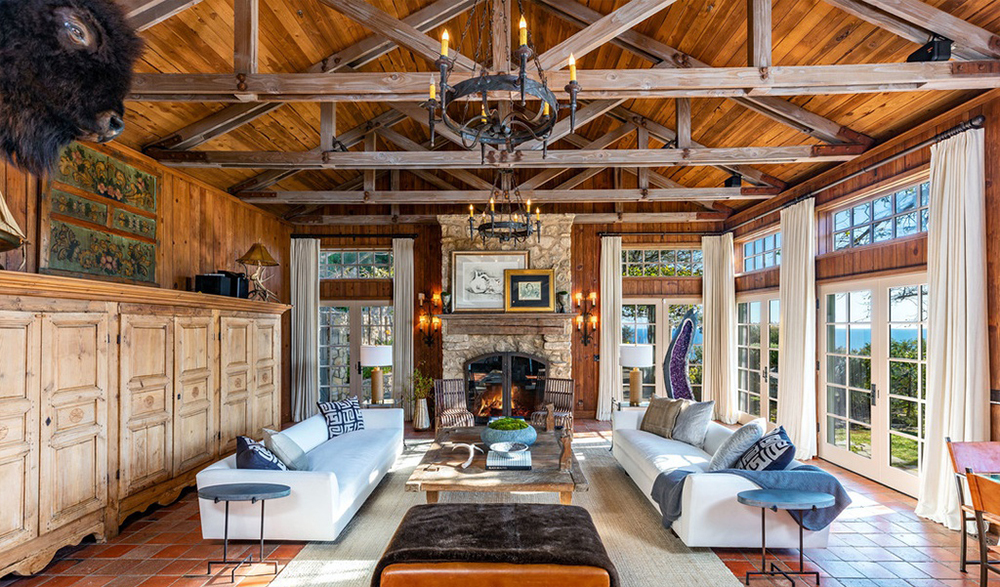Buying a sofa is an investment, making it important that you spend your money on something that’s built to last. The average sofa lasts for seven to 15 years. However, by buying smart, it’s possible to extend the average lifespan of your sofa to several decades or longer.

While it’s easy to find inexpensive sofas, finding something of quality is far more difficult. From low-cost furniture brands like Ikea to discount retailers, the furniture industry is often dominated by brands that prioritise cost over durability, build quality and materials.
Luckily, it’s still possible to weed out low quality furniture and focus on sofas that are built to last using a few simple tactics. Below, we’ve listed three signs of quality that you can use to identify a high quality sofa, all while ignoring options that aren’t suitable for your home.

A durable, well-made frame
The frame is to your sofa what the chassis is to your car — an essential platform on which the design and surface of the furniture is built. To last for decades, a sofa needs to have a strong, durable frame that can tolerate the wear and tear of day to day use.
Low-cost sofas typically have thin wooden frames, limiting their strength and making it far more likely for the sofa to get damaged over time. Quality sofas, on the other hand, tend to use metal or preferrably hardwood timber as a frame material.
When you’re comparing sofas, make sure to look at the frame material. While metal frames are okay, you’ll generally get the longest life out of sofas made from hardwood timber, which is more capable of withstanding the stress of regular use.

High quality upholstery materials
Sofas are available in a huge range of fabrics, from simple cotton to a massive range of different leathers. Just like low quality fabric can affect the comfort of clothing, the wrong fabric can affect the level of comfort and enjoyment you get from your sofa.
While there’s no “best” fabric for every sofa, there are some fabrics that appear more frequently in recommended lists than others. For simplicity and easy cleaning, a high-thread-count cotton can be a great choice; for luxury, it’s tough to beat a soft, full grain leather sofa.
Ultimately, upholstery fabrics are a matter of taste as much as quality. Real Homes has a great guide to sofa fabrics that goes into more detail on the strengths and weaknesses of a range of different options, covering everything from patterns to pet-friendly materials.

Attention to detail
Focusing on attention to detail can help you separate high quality, durable sofas from low-cost, lower quality options that aren’t worth considering. Here’s why. If a sofa has bad stitching, torn fabric or other visually obvious issues that you can spot on your own, there’s a good chance that it also has other issues — potentially serious ones — that aren’t as easy to spot.
When you’re comparing sofas, take a look at the minor details. From the tufts of a Chesterfield sofa to the piped edges of a Tuxedo sofa, take a look at the quality of the minor details — they’ll often tell you far more about a sofa’s overall level of quality than you’d initially think.




